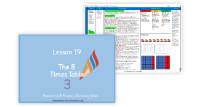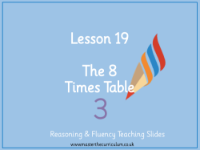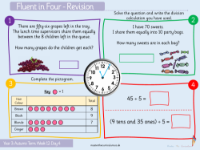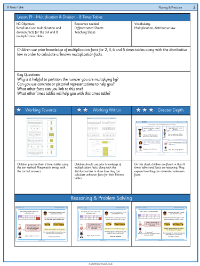Multiplication and division - The 8 times table - Planning
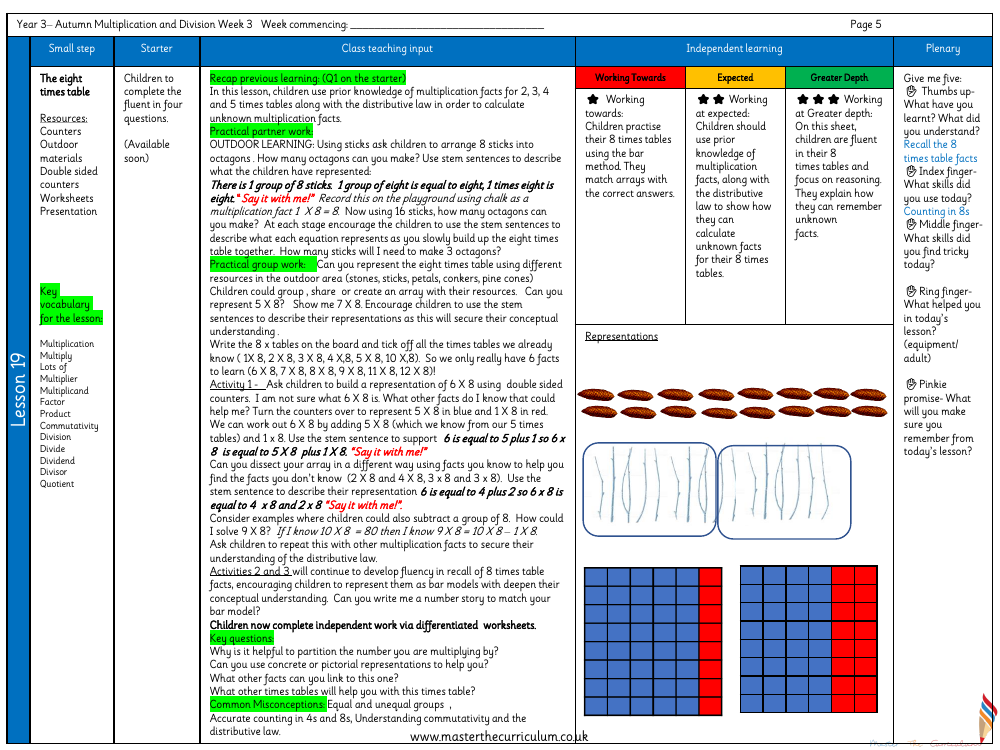
Maths Resource Description
The lesson plan for Year 3 students focuses on mastering the eight times table through a variety of engaging activities. The lesson begins with a recap of previous learning, where children are encouraged to use their knowledge of the 2, 3, 4, and 5 times tables to help them understand the eight times table. The class then moves onto practical partner work, which includes outdoor learning activities. For instance, children are asked to arrange sticks into octagons to visually represent and record multiplication facts, such as 1 x 8 = 8, on the playground using chalk. This hands-on approach is designed to build their understanding of multiplication concepts using natural materials like stones, sticks, and pine cones to create groups and arrays that represent different equations of the eight times table.
As the lesson progresses, children are encouraged to use double-sided counters to build and dissect arrays, applying the distributive law to discover unknown multiplication facts. By partitioning numbers and utilising stem sentences, they deepen their understanding of how to calculate equations such as 6 x 8 by adding known facts like 5 x 8 and 1 x 8. The lesson also includes independent work with differentiated worksheets, aimed at reinforcing the eight times table through concrete or pictorial representations and bar models. Children are prompted to reflect on their learning with a 'Give me five' activity, where they consider what they've learned, the skills they've used, and what they found challenging, ensuring they remember key concepts from the lesson. The plan caters to different levels of ability, from working towards the expected level to achieving greater depth in multiplication reasoning.

